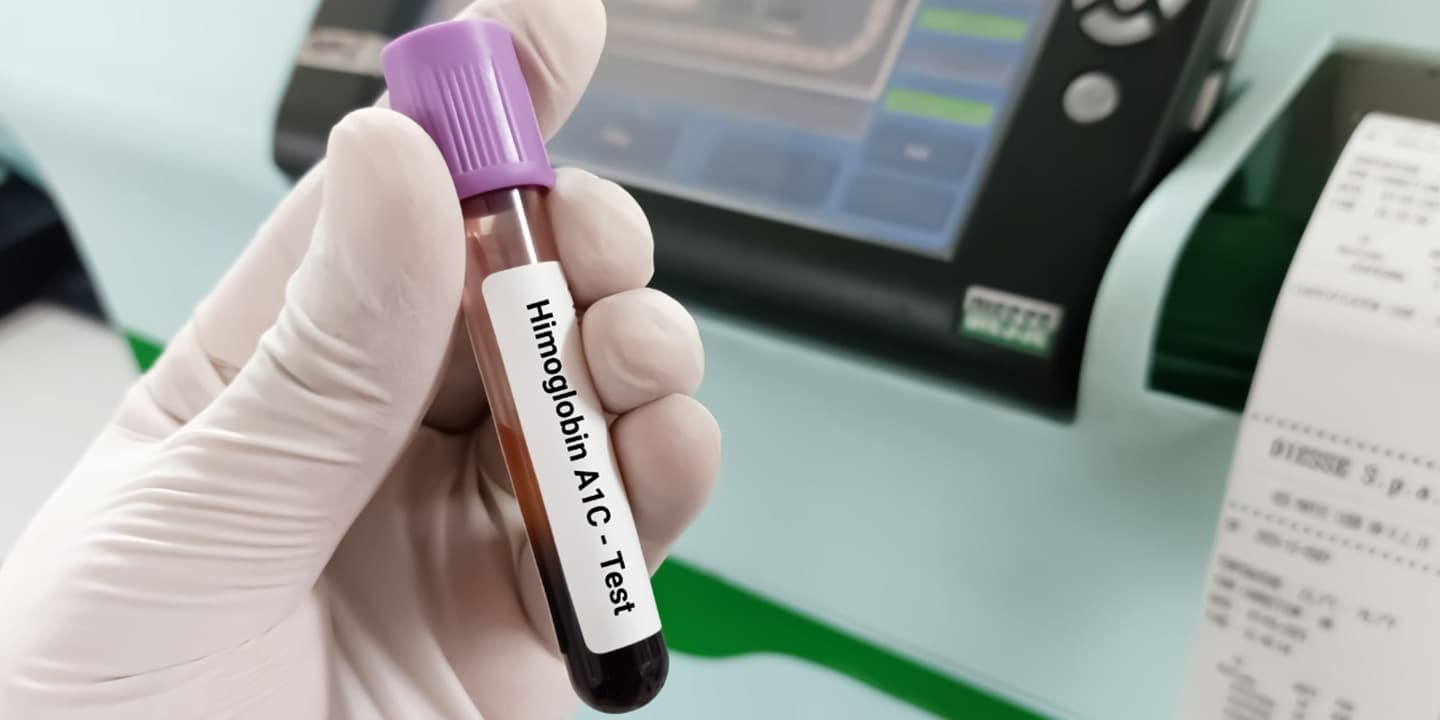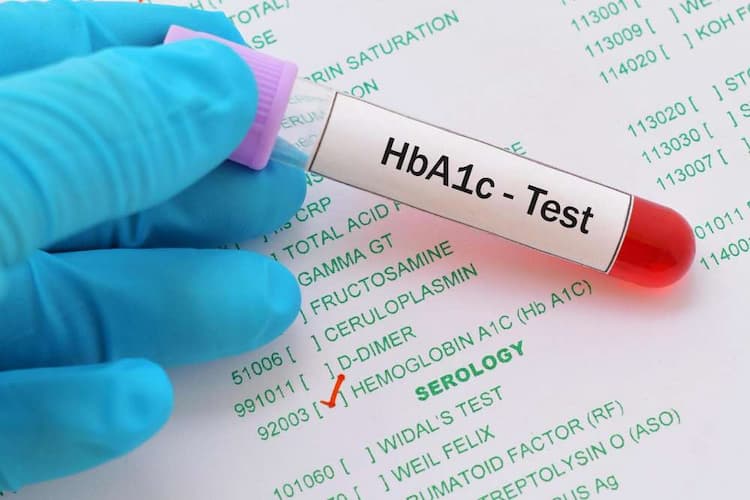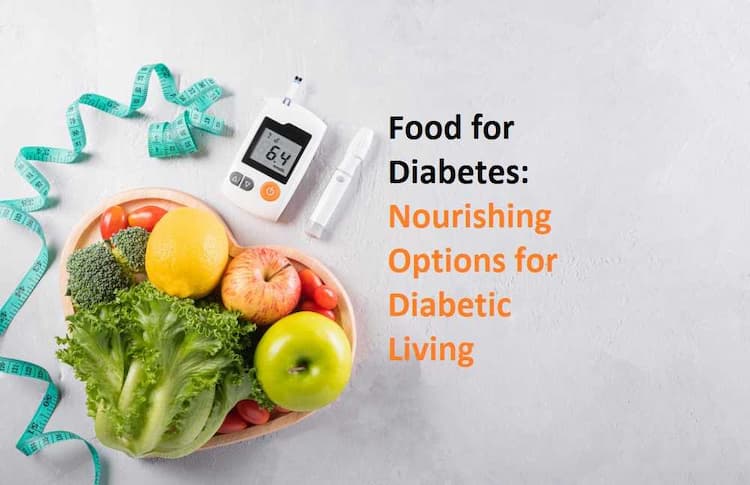Understanding Your HbA1C Results for Diabetes?

Medically Reviewed By
Dr Divya Rohra
Written By Prekshi Garg
on Jul 19, 2022
Last Edit Made By Prekshi Garg
on Mar 18, 2024

The global prevalence of diabetes currently stands at 415 million people and reports suggest that by 2040, over half a billion of the world population will have diabetes. These are alarming numbers and need immediate corrective and preventive measures, primarily concerned with testing, early diagnosis, and proper management.
The HbA1C or the Glycated Hemoglobin Blood test provides an average look into a person’s blood glucose levels over the last 2-3 months. Not just for diagnosing diabetes, the test is equally important for already diagnosed patients to monitor their prescribed medications and how they are regulating their blood glucose on average.
This article will explore all the details about HbA1C meaning, its significance, and how you can interpret your results as well.
What is the HbA1C Test?
HbA1C, often known as the A1C test, is a regular blood test that provides an average look into the blood glucose level of a patient over the last 2-3 months. It is primarily used to diagnose type-1 and type-2 diabetes in suspected patients with relevant symptoms.
The blood test measures the amount of hemoglobin that is coated with sugar or glucose, giving the doctor a rough estimate of the average blood glucose levels in the past few months.
A higher level of HbA1C results depicts poorly managed and regulated blood glucose levels in the body, indicating that the patient has diabetes.
Why is the HbA1C Test Done?
The HbA1C blood test serves many purposes. Not just with the early detection of diabetes, the test has equally important impacts in monitoring a diabetes patient’s treatment plan to check whether or not their medication is helping them manage their blood glucose levels as efficiently as it should.
So, the primary instances that call for the HbA1C test include:
Diagnosing prediabetes – Prediabetes is a condition where the patient's blood glucose levels are higher than the normal range but not high enough to be considered a diabetic. If not treated on time, prediabetes has a high risk of transforming into diabetes, leading to multiple metabolic complications.
Diagnosis of type-1 and type-2 diabetes – if your doctor suspects that you have symptoms of diabetes, running the HbA1C test helps them get a confirmation of a possible diagnosis.
Monitoring the diabetes treatment plan – for the already diagnosed diabetic patients, the HbA1C test keeps a check on the average blood glucose levels to assess the effectiveness of the medication that the patient is on. If the levels are high despite the medication, your doctor will likely switch the dose or change the medication.
The frequency of getting the HbA1C test for a diabetic depends on their treatment plan. If you are seeing your doctor every three months for check-ups, you will likely need to get tested every 3 months before your appointment. Some patients even get it twice a year or once a year depending on their feasibility.
Who Should Get the HbA1C Test?
HbA1C test is a routine blood test that should be part of the annual or bi-annual health screening of every individual above the age of 45. If you are obese or at risk of developing diabetes due to familial medical history, that’s another reason to get tested without any fail.
Assessing the HbA1C normal range is important for optimal health and to avert risks of diabetic complications.
Following are the people who might consider getting an HbA1C test done:
- If you are experiencing “diabetes symptoms” like excessive thirst, hunger pangs, frequent urination, fatigue, etc.
- If you are above the age of 45 and have risks of diabetes
- If your initial results show signs of prediabetes
- If you are obese and have poor metabolism
In case your HbA1C test results indicate that you have diabetes, ensure that you immediately discuss a treatment plan with your doctor and get comprehensive advice on what to do and what to avoid in order to manage the blood glucose levels.
How do You Prepare for the HbA1C Test?
The HbA1C test is a routine blood test that doesn’t require fasting. You can go about your normal diet before you get your blood drawn for the test.
Typically, when you are getting the test done at a diagnostic laboratory, here’s what happens:
- The phlebotomist will fasten an elastic band on your upper arm to restrict the blood flow for an easy sample collection.
- The site from where the blood sample will be taken is prepped with alcohol pads and then a syringe is inserted into the vein to collect the sample.
- The sample is then transferred into a vial or sample collection tube and sent to the lab for further testing.
In case the average blood glucose reports are high and indicate a diagnosis of diabetes, your doctor will then suggest self-monitoring of the blood glucose levels using the at-home testing kits that are available in the market.
Interpreting the HbA1C Test Results
Unlike most of the other blood glucose monitoring tests that are measured in mg/dL, HbA1C test results are interpreted as percentages.
There are three categorized stages in the test results:
Below 5.7% - Considered Normal range
5.7 to 6.4% - Prediabetes range
6.5% and higher – Diabetes range
After the initial test results, your doctor will assess the degree of seriousness. If the HbA1C levels are just above 6.5% and you are diagnosed with diabetes, the first step is to get you on a diabetes treatment plan. This involves medication, lifestyle changes, dietary changes, etc.
However, if you are a diabetes patient who is getting the HbA1C test as part of the routine screening, your doctor will aim for a level less than 7%. If the levels are over 7%, chances are that the current diabetes management plan isn’t working as efficiently as it should. In such cases, there might be a change or upgrade to the current treatment plan.
Are there any Limitations to the HbA1C Results?
Certain situations might impose some alterations to the HbA1C test results. This include:
- Recent history of heavy blood loss due to trauma
- Pregnancy
- Recent history of blood transfusion
- Hemoglobin variants
- Anemia
- Kidney failure
- Interference of certain medications
Sometimes, the prevalence of other types of hemoglobin besides hemoglobin A can alter the final test results. So, if you aren’t experiencing any notable symptoms of diabetes but the HbA1C reports indicate a high level, discuss the issue with your healthcare provider for an in-depth look into the situation.
What are the Blood Sugar Levels Corresponding to the HbA1C Reports?
“How much is the blood sugar level if I have 5% HbA1C?”
This is a very common thought that people have regarding the HbA1C normal and high test results. Let us interpret that for you as well:
| HbA1C Level (%) | Blood Sugar Levels (mg/dL) - Average |
| 4 | 68 |
| 5 | 97 |
| 6 | 126 |
| 7 | 152 |
| 8 | 183 |
| 9 | 212 |
| 10 | 240 |
So, the next time you are interpreting your HbA1C test results, these are the corresponding average blood sugar levels in your body.
FAQs
-
What should an HbA1C be for a diabetic?
The HbA1C level for a diabetic patient is 6.5% and above. However, a range between 5.7-6.4% is considered prediabetic and needs medical intervention too.
-
Is HbA1C 6.6 normal?
An HbA1C level of 6.5% and higher is considered diabetic. So, 6.6% means that the person has diabetes.
-
At what level of HbA1C do you start insulin?
If the diabetic patient’s HbA1C levels are 7% even on oral therapy for a few months or a year, the doctor might switch to insulin for more effective diabetes management.
Conclusion
Diabetes is a metabolic disorder which is rapidly growing, globally. If you are at risk of diabetes (due to genetic predisposition or poor lifestyle), it is ideal that you take early measures for a confirmed diagnosis. Be cautious of any kinds of early symptoms like fatigue, increased thirst, hunger, and frequent urination since they are signs of diabetes. Don’t take the symptoms for granted, and try not to ignore them. It is advisable to act on them proactively to get a diagnosis and an aligned treatment plan.



